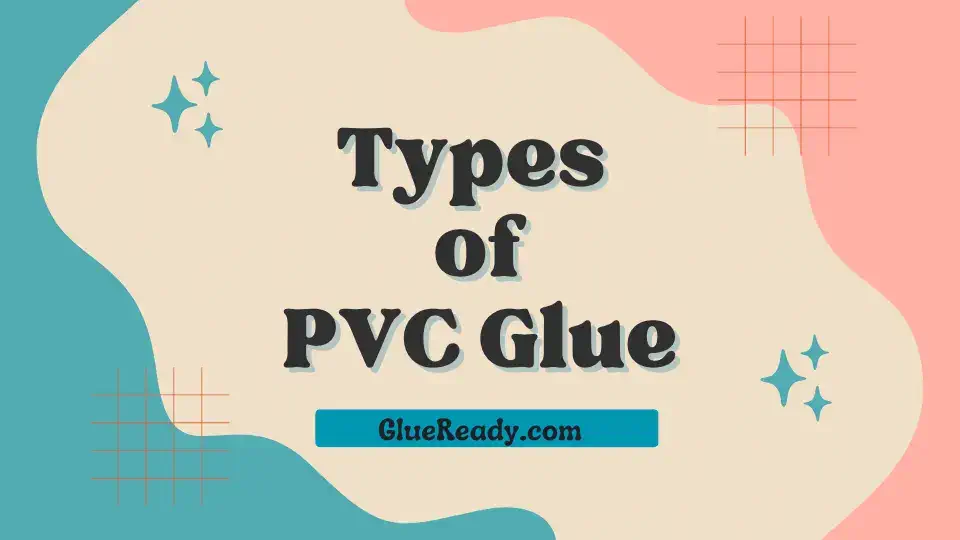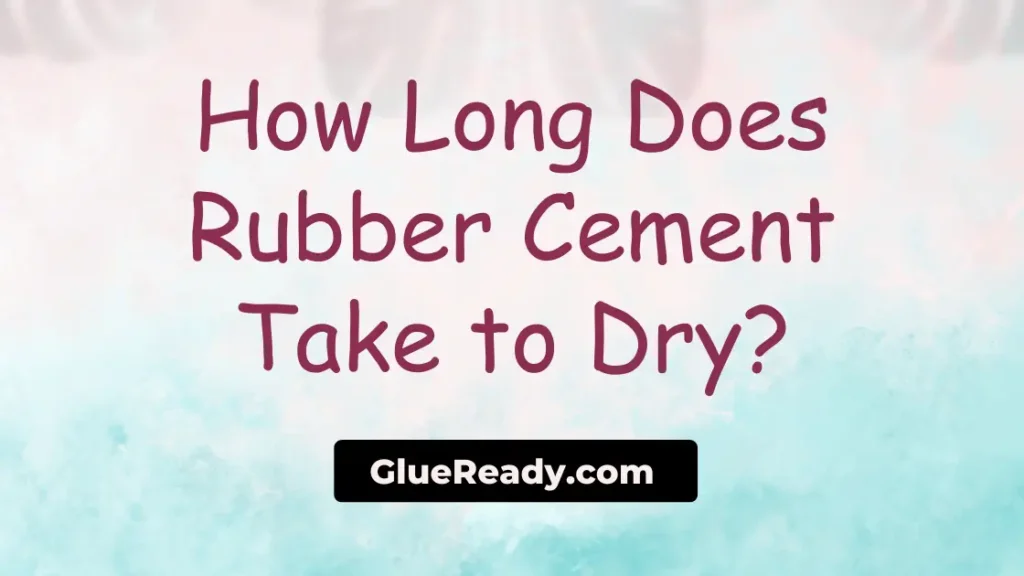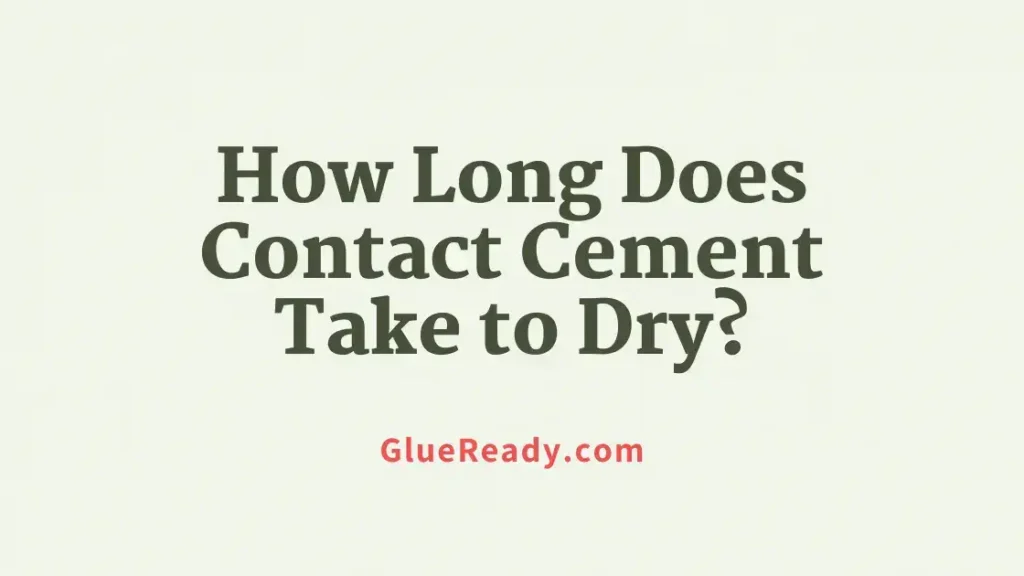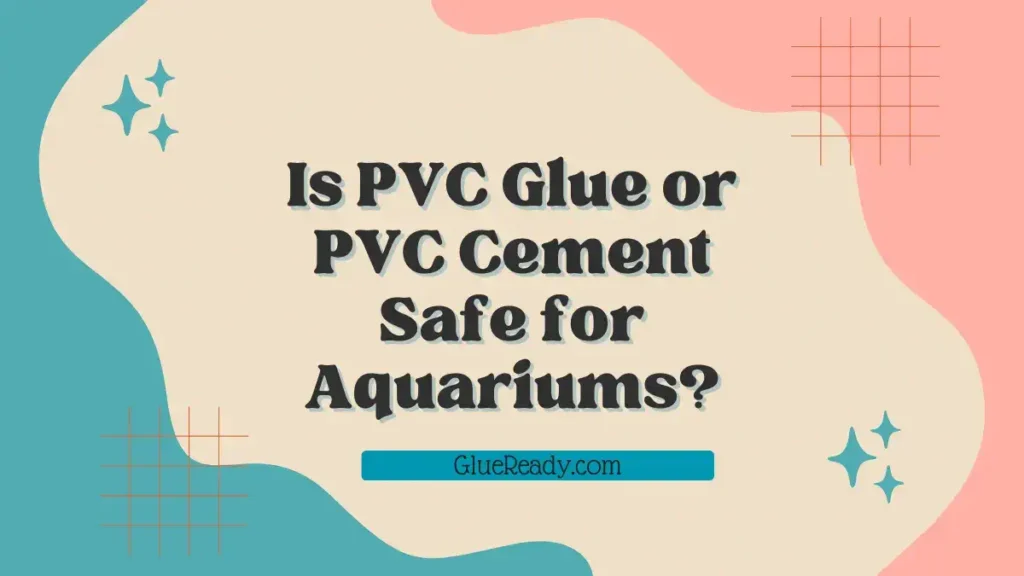Why Does E6000 Glue Not Working?
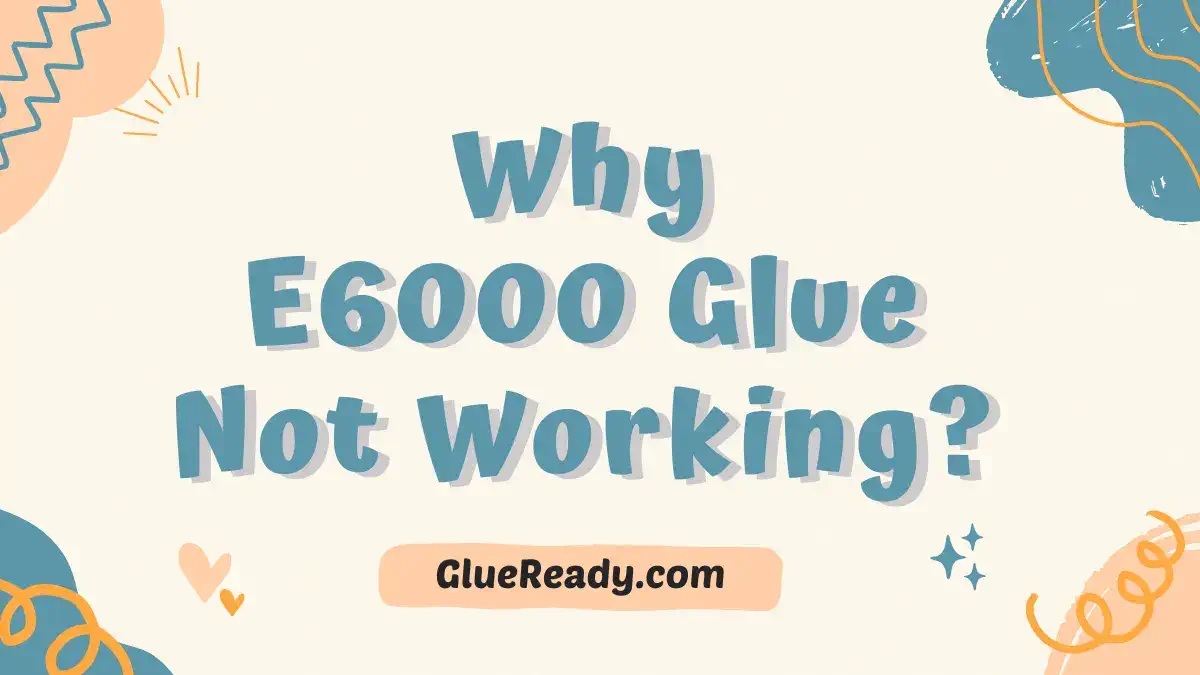
E6000 glue is a popular and versatile adhesive that can bond a variety of materials, such as wood, metal, glass, fabric, leather, ceramic, and more.
It is known for its industrial strength, flexibility, water resistance, and clear finish. However, sometimes E6000 glue may not work as expected and fail to create a strong and durable bond.
In this article, I will explore some of the possible reasons why E6000 glue is not working and how to fix them.
Know More: E6000 vs E6000 Plus
Why Does E6000 Glue Not Working?
E6000 glue is a popular adhesive known for its versatility and strong bond. However, there are several reasons why it might not be working as expected:
- Surface Preparation: One of the most common reasons for adhesive failure is improper surface preparation. Before using E6000 glue, ensure that the surfaces you are bonding are clean, dry, and free from any oil, dust, or contaminants. To thoroughly clean surfaces, use rubbing alcohol or acetone.
- Temperature and Humidity: The effectiveness of E6000 can be affected by temperature and humidity. The ideal application temperature is between 70°F to 85°F (21°C to 29°C). Low temperatures can slow down the curing process, while high humidity can affect adhesion. Make sure you are working in suitable conditions.
- Cure Time: E6000 adhesive typically requires 24 to 72 hours to fully cure and reach its maximum strength. If you are not giving it enough time to cure, the bond may not be as strong as expected. Be patient and follow the recommended curing time.
- Mixing: E6000 is a single-component adhesive, so it doesn’t require mixing. If you are trying to mix it with other substances, it may not work as intended.
- Application Thickness: Apply the glue in a thin, even layer. Using too much adhesive can lead to slower curing times and weaker bonds.
- Compatibility: Ensure that E6000 is suitable for the materials you are trying to bond. It works well with a wide range of materials, but it may not be the best choice for every application.
- Storage: Check the expiration date and storage instructions on the product. Using old or improperly stored glue can lead to reduced effectiveness.
- Pressure: Applying pressure to the bonded surfaces while the adhesive is curing can help create a stronger bond. Use clamps or weights to hold the pieces together during the curing process.
- Contaminated Nozzle: If the nozzle of the E6000 tube is clogged or contaminated, it can affect the glue’s application. Make sure the nozzle is clean and functioning properly.
- Incompatible Substances: E6000 may not adhere well to certain plastics, such as polyethylene and polypropylene. If you are trying to bond these materials, consider using a different adhesive specifically designed for them.
If you’ve taken all these factors into account and E6000 is still not working as expected, you may want to consider trying a different adhesive that is better suited to your specific project or materials.
Know More: How To Make E6000 Glue Dry Faster?
Some Solutions if E6000 Glue Not Working
Improper Surface Preparation
One of the most common reasons why E6000 glue is not working is that the surfaces to be bonded are not properly prepared. E6000 glue requires clean, dry, and rough surfaces for optimal adhesion.
If the surfaces are dirty, oily, wet, or smooth, the glue may not adhere well and result in a weak or brittle bond.
Solution: To fix this problem, you should always clean the surfaces with a solvent such as acetone or rubbing alcohol to remove any dirt, grease, or moisture.
Then, you should lightly sand the surfaces with fine-grit sandpaper to create some texture and increase the surface area for the glue to bond.
Finally, you should wipe off any dust or residue with a clean cloth before applying the glue.
Insufficient Amount of Glue
Another possible reason why E6000 glue is not working is that you are not using enough glue to cover the entire surface area of the bond.
E6000 glue is a thick and viscous adhesive that needs to be applied generously and evenly to create a strong and flexible bond.
If you use too little glue or spread it too thinly, the glue may not fill the gaps or adhere well to the surfaces.
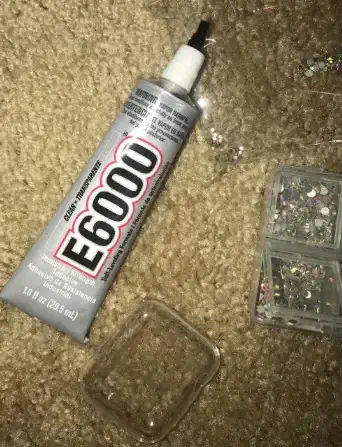
Solution: To fix this problem, you should always apply a generous amount of glue to one of the surfaces and spread it evenly with a toothpick or a spatula.
You should make sure that the entire surface is covered with a thick layer of glue without any gaps or bubbles.
Then, you should press the other surface firmly onto the glued surface and align them properly.
Incorrect Curing Time
Another possible reason why E6000 glue is not working is that you are not allowing enough time for the glue to cure. E6000 glue is a polyurethane adhesive that cures by reacting with moisture in the air.
The curing time depends on several factors, such as the temperature, humidity, thickness of the glue layer, and type of materials being bonded.
Generally, E6000 glue takes about 10 minutes to set and at least 24 hours to cure completely. However, in some cases, it may take longer or shorter depending on the conditions.
Solution: To fix this problem, you should always follow the instructions on the package and allow enough time for the glue to cure before handling or testing the bond.
You should also avoid exposing the bond to extreme heat or cold, moisture, or direct sunlight during the curing process. If possible, you should clamp or tape the bond together until it is fully cured.
Incorrect Temperature and Humidity
Temperature and humidity levels can significantly affect the performance of E6000 glue. Extreme cold or hot conditions can slow down or accelerate the curing process, potentially compromising the bond.
Solution: Store E6000 glue in a cool, dry place and use it within the recommended temperature range, typically between 50°F (10°C) and 90°F (32°C).
If you’re working in high humidity, it may be helpful to use a dehumidifier or air conditioning to maintain a suitable environment.
Inadequate Bonding Surface
E6000 adhesive works best when there is a sufficient bonding surface area. Attempting to bond small, thin, or irregular surfaces may lead to inadequate adhesion.
Solution: Ensure that the surfaces you’re bonding have a sufficient contact area.
If necessary, consider using mechanical fasteners like clamps or tape to hold the parts together while the adhesive cures.
Contaminated or Old Glue
E6000 glue can go bad over time or become contaminated if not stored properly. Using old or contaminated glue can result in poor adhesion.
Solution: Check the expiration date on the E6000 glue tube or container. If the glue has expired or appears discolored, or has an unusual odor, it’s best to discard it and purchase a fresh batch.
Know More: How to Use E6000 Glue on Plastic?
What Does E6000 Stick To?
E6000 is a powerful and versatile adhesive that can stick to almost anything. It can be used on a variety of surfaces, such as wood, metal, plastic, ceramic, masonry, brick, and even vinyl.
The adhesive is popular among DIY enthusiasts and crafters. It adheres well to rubber, leather, vinyl, and many plastics. Both porous and non-porous surfaces can be treated with it.
However, not all products in the E6000 range can be used on various surfaces; therefore, it is good practice to ensure the E6000 product you have is graded for use on a given material.
What Won’t E6000 Stick To?
E6000 adhesive enjoys widespread popularity due to its formidable bonding capabilities, yet it does have specific constraints. In broad terms, E6000 typically exhibits poor adhesion when used on oil-based materials, including nylon and polypropylene, as well as vinyl chloride, polyvinylidene chloride, polystyrene, cellophane, vinyl, certain paints and coatings, certain plastic varieties, and specific fabric types.
Why Is My E6000 Not Drying?
E6000 may not be drying due to factors like inadequate ventilation, excessive thickness of the adhesive layer, or humidity levels.
Final Thoughts
E6000 glue is a versatile and reliable adhesive when used correctly. However, sometimes it may not work as expected due to improper surface preparation, insufficient amount of glue, or incorrect curing time.
To avoid these problems and ensure a successful bond, you should always follow the steps mentioned earlier. Hopefully, those steps will help you find a solution if your E6000 glue is not working.

